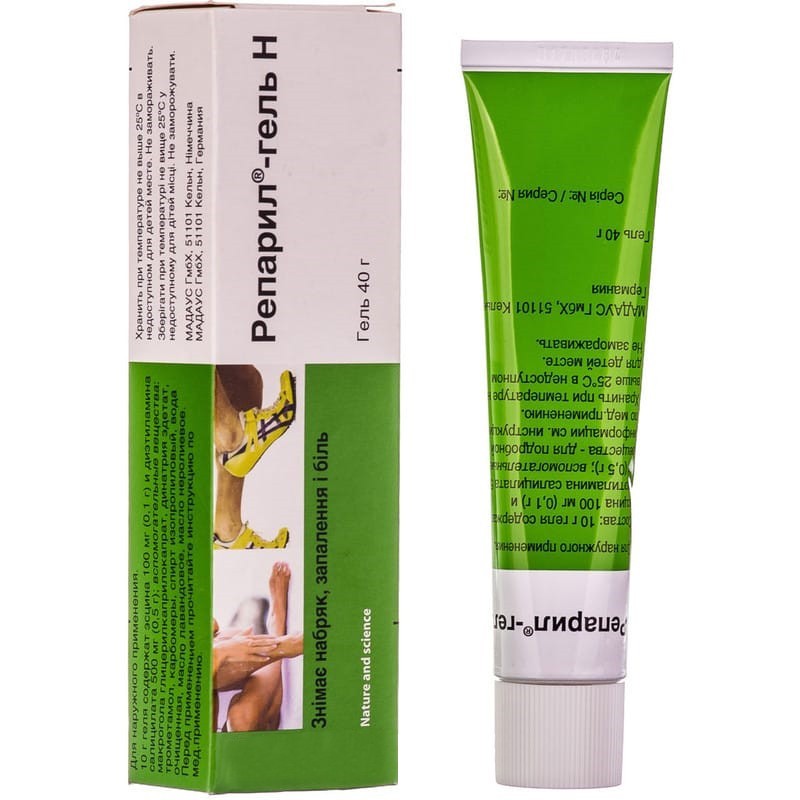



 Secure and encrypted payment processing
Secure and encrypted payment processing We ship to over 40 countries including the USA, UK, Europe, Australia and Japan
We ship to over 40 countries including the USA, UK, Europe, Australia and Japan Guaranteed refund or reship if you haven't received your order
Guaranteed refund or reship if you haven't received your ordertopical use of escin helps to reduce the sensation of pain caused by sports injuries such as sprains and dislocations.
In the case of increased vascular permeability, which is caused by inflammatory processes, escin inhibits exudation, reducing the release of fluid from the vessels into the tissue and accelerates the reabsorption of existing edema. The mechanism of action is based on a change in the permeability of the capillary walls. In addition, escin increases capillary resistance, inhibits inflammatory processes and improves microcirculation.
Pharmacokinetics Diethylamine salicylate has a pronounced analgesic effect. It penetrates freely through the skin and has an analgesic effect in the depths of the affected area. The additional anti-inflammatory effect of diethylamine salicylate increases the anti-inflammatory effect of escin and thus prevents the etiological factors of the course of the disease.
Damage due to bruises, sprains, hematomas, bruises, tendonitis (inflammation of the tendon tissues); pain syndrome in diseases of the spine (infringement of the intervertebral disc, osteochondrosis, lumbago, sciatica); phlebitis of superficial veins, varicose veins; treatment of local complications after intravenous injection or infusion.
Unless otherwise prescribed by a doctor, adults and children over the age of 12 years apply a thin layer of gel on the affected areas of the skin, evenly distributing it throughout the area, from one to several times a day. the gel can be rubbed into the skin, but this is not necessary.
Children. The drug should not be prescribed to children under the age of 12 years, since there is not enough experience with this category of patients.
Hypersensitivity to salicylates, escin, or other components of the drug.
Criteria for assessing the incidence of adverse drug reactions:
very often (1/10), often (1/100 - 1/10), infrequently (1/1000 - 1/100), rarely (1/10 000 - 1/1000), very rarely (1/10 000) , unknown (incidence cannot be estimated).
Very rarely, hypersensitivity reactions are possible, including contact dermatitis, skin rash, itching, as well as changes in the place of application of the drug, including irritation, redness of the skin.
Do not apply the gel on open wounds, damaged skin, mucous membranes or on skin exposed to radiation. Avoid contact with the eyes. with the sudden onset of severe symptoms of venous insufficiency (edema, discoloration of the skin, sensations of tension and pain), especially on one limb, vein thrombosis of the lower extremities should be excluded.
Pregnancy or lactation. During pregnancy or lactation, the drug should be used only after consulting a doctor. Avoid prolonged use of the drug and applying it to large areas of the skin. During breastfeeding, do not apply gel to the area of the mammary glands.
Does not affect the ability to drive vehicles and other mechanisms.
Not identified.
No cases of overdose have been reported.
At a temperature not exceeding 25 ° c. do not freeze.